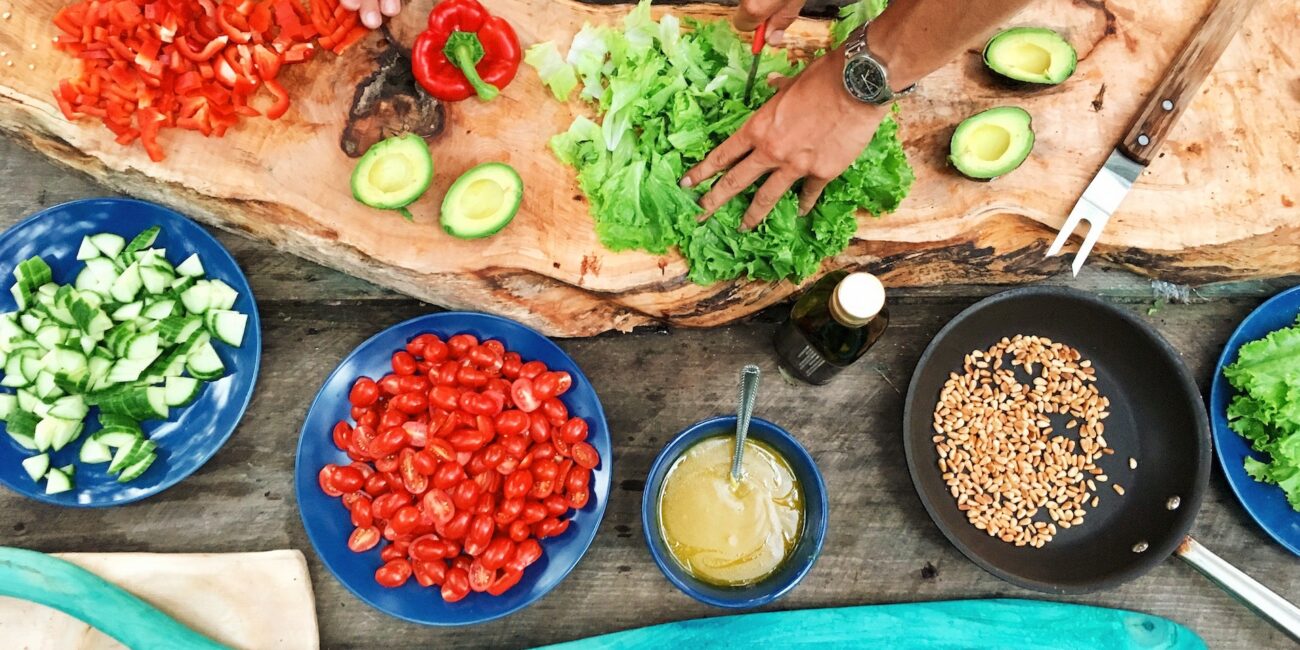Introduction
Cooking vegetables is an essential part of creating nutritious and delicious meals. However, not all cooking methods are created equal when it comes to preserving the flavor, texture, and nutrients of vegetables. In this comprehensive guide, we will explore the best ways to cook vegetables, highlighting various methods that maximize taste and retain essential vitamins and minerals. Whether you prefer steaming, roasting, stir-frying, or other techniques, you’ll find valuable tips and techniques to enhance your vegetable cooking skills.
The Importance of Cooking
Vegetables Cooking vegetables offers numerous benefits. It enhances the flavors, making them more palatable and enjoyable. Additionally, certain cooking methods break down the cell walls of vegetables, making their nutrients more accessible for absorption. While some vitamins may be lost during cooking, others become more available, such as lycopene in tomatoes or beta-carotene in carrots. By incorporating a variety of cooking methods, you can maximize both taste and nutrient content in your vegetable dishes.
Steaming
Steaming is one of the gentlest cooking methods for vegetables, helping to retain their color, texture, and nutrients. To steam vegetables, fill a pot with a small amount of water and place a steamer basket or colander on top. Bring the water to a boil, add the vegetables, cover, and steam until they are tender yet still vibrant in color. Steaming works well for vegetables like broccoli, cauliflower, carrots, and asparagus. It preserves their crispness and natural flavors, making it an ideal method for showcasing their freshness.
Roasting
Roasting vegetables brings out their natural sweetness and adds depth of flavor. Preheat your oven, chop the vegetables into uniform pieces, toss them in oil, salt, and spices, and spread them on a baking sheet. Roast the vegetables at a high temperature, turning them occasionally, until they are caramelized and tender. Roasting works wonders for root vegetables like potatoes, sweet potatoes, beets, and parsnips, as well as for Brussels sprouts, cauliflower, and bell peppers. The intense heat of the oven creates a deliciously crispy exterior while maintaining a tender interior.
Stir-Frying
Stir-frying is a quick and vibrant cooking method that is perfect for retaining the color, crunch, and nutrients of vegetables. Heat a wok or a large skillet with a small amount of oil over high heat. Add the vegetables, starting with those that require the longest cooking time, and stir-fry for a few minutes until they are crisp-tender. Stir-frying works well for a wide range of vegetables, including bell peppers, snow peas, bok choy, broccoli, and mushrooms. The rapid cooking process preserves their natural flavors and vibrant colors.

Sautéing
Sautéing is another popular cooking method that involves quickly cooking vegetables in a small amount of oil or butter over medium-high heat. It’s a versatile technique that can be used for a variety of vegetables, from leafy greens like spinach and kale to zucchini, onions, and mushrooms. To sauté vegetables, heat the oil or butter in a pan, add the vegetables, and cook them until they become tender and slightly browned. Sautéing can be done in a matter of minutes and is great for adding depth of flavor to dishes like stir-fries, pasta, or grain bowls.
Boiling
Boiling is a straightforward method of cooking vegetables, but it’s important to use it selectively to prevent nutrient loss. Boiling is best suited for vegetables that are naturally soft or require longer cooking times, such as potatoes, carrots, beets, and legumes. To boil vegetables, place them in a pot of salted water, bring it to a boil, and cook until they are tender. Be cautious not to overcook vegetables as it can result in nutrient depletion and mushy texture. To preserve nutrients, you can use the cooking water in soups or sauces.
Grilling
Grilling vegetables adds a smoky and charred flavor that elevates their taste profile. Preheat your grill to medium-high heat and brush the vegetables with oil to prevent sticking. Place the vegetables directly on the grill grates and cook until they are slightly charred and tender. Grilling works well for vegetables like zucchini, eggplant, corn on the cob, bell peppers, and asparagus. The high heat intensifies their natural flavors and creates a delightful smokiness.
Blanching
See also: Top Healthiest Fruits
Blanching is a useful cooking technique for vegetables that need to be tenderized slightly before incorporating them into other dishes or preserving their vibrant colors. To blanch vegetables, bring a pot of water to a boil, add the vegetables, and cook them for a short time, usually around 1-2 minutes. Then, transfer the vegetables to a bowl of ice water to stop the cooking process. Blanching is particularly effective for green vegetables like green beans, broccoli, and peas, as it helps to retain their vibrant color and crispness.
Microwaving
Microwaving is a quick and convenient method for cooking vegetables, especially when you’re short on time. Place the vegetables in a microwave-safe dish with a small amount of water and cover it loosely with a microwave-safe lid or plastic wrap. Cook the vegetables on high power, checking them periodically until they reach the desired tenderness. Microwaving is best for vegetables like broccoli, cauliflower, carrots, and peas. While it may not offer the same depth of flavor as other methods, it is a time-efficient option that helps to preserve nutrients.
Conclusion
Cooking vegetables is a versatile and creative process that allows you to unlock the full potential of their flavors and nutritional benefits. Whether you choose to steam, roast, stir-fry, sauté, boil, grill, blanch, or microwave, each method offers unique advantages in terms of taste, texture, and nutrient retention. By experimenting with different cooking techniques and pairing them with the right vegetables, you can create a variety of delicious and nutritious dishes that will delight your taste buds and support your overall health. Embrace the art of vegetable cooking and elevate your culinary skills to new heights.



